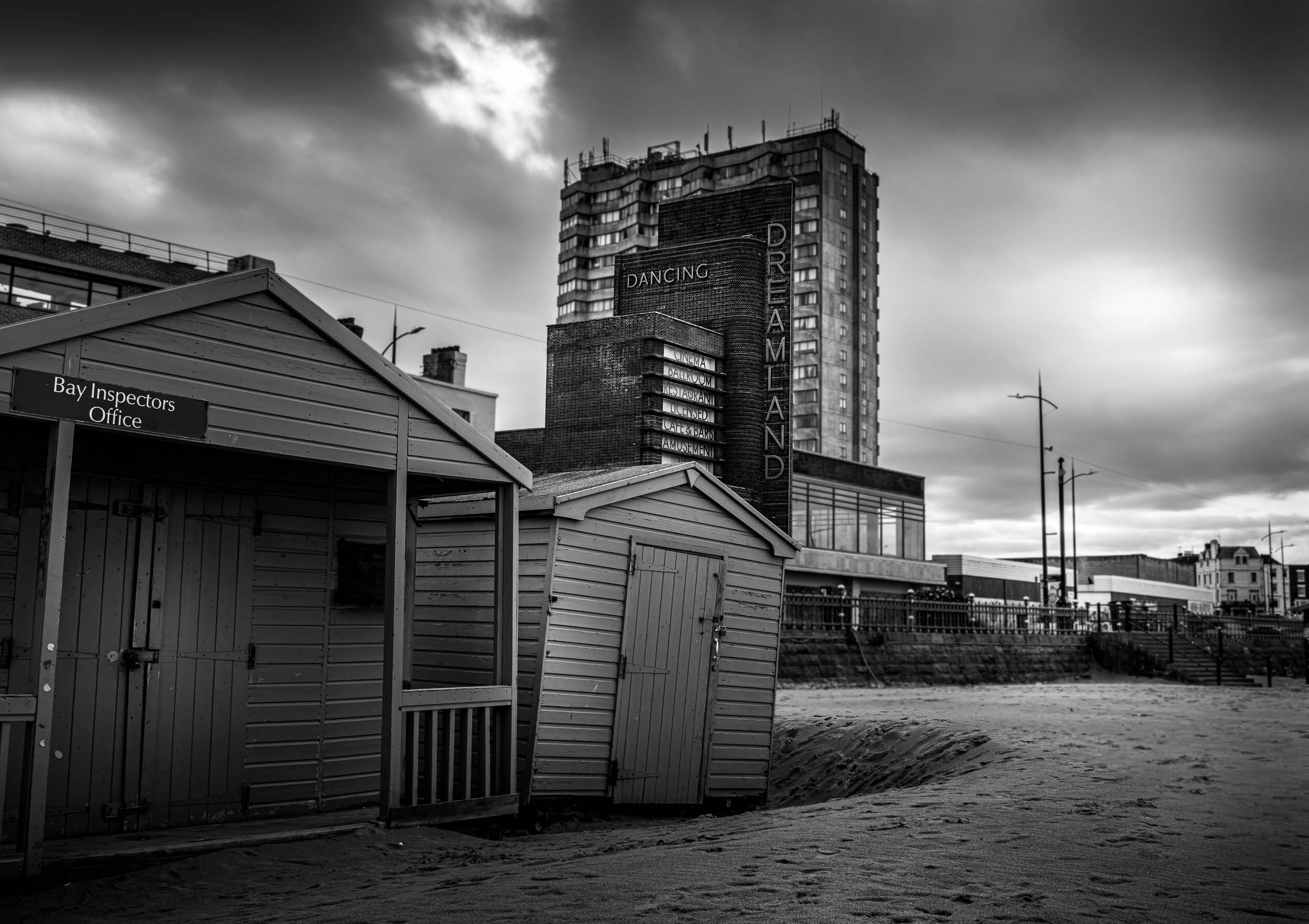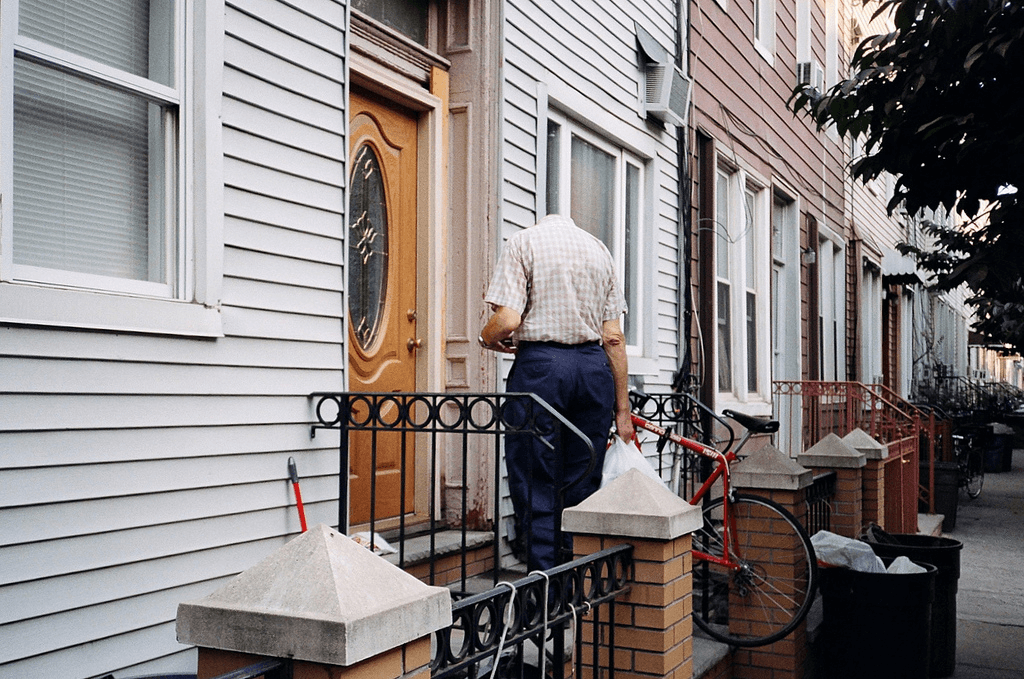The Basic Principles Of Street Photographers
The Basic Principles Of Street Photographers
Blog Article
The Buzz on Street Photographers
Table of ContentsFacts About Street Photographers UncoveredLittle Known Questions About Street Photographers.The Only Guide for Street PhotographersThe 9-Minute Rule for Street Photographers10 Easy Facts About Street Photographers Described
, a genre of photography that records daily life in a public location. The actual publicness of the setup enables the photographer to take honest photos of complete strangers, frequently without their knowledge. Street professional photographers do not always have a social objective in mind, but they choose to separate and catch moments which might otherwise go undetected.He was influenced by many of those who influenced the road professional photographers of the 1950s and '60s, he was not chiefly interested in catching the spirit of the road., who functioned side by side with photographers trying to record the significance of urban life.
As a result of the fairly primitive modern technology offered to him and the lengthy exposure time called for, he had a hard time to catch the stress of the Paris streets. He explored with a collection of photographic approaches, attempting to discover one that would allow him to capture motion without a blur, and he discovered some success with the calotype, patented in 1841 by William Henry Fox Talbot. Unlike Atget, professional photographer Charles Marville was worked with by the city of Paris to create an encyclopaedic file of Haussmann's urban preparation task as it unfolded, therefore old and brand-new Paris. While the photographers' subject was basically the very same, the outcomes were noticeably various, demonstrating the impact of the digital photographer's bent on the personality of the images he produced.
Indicators on Street Photographers You Need To Know
Given the fine high quality of his pictures and the breadth of product, designers and artists usually bought Atget's prints to utilize as reference for their very own work, though industrial passions were rarely his major motivation. Instead, he was driven to photo every last residue of the Paris he liked. The mingled passion and seriousness of his objective sparkle through, leading to photos that tell his own experience of the city, top qualities that expected street digital photography of the 20th century.

Unlike his peers, Brassa used a larger-format Voigtlnder cam with a longer exposure time, requiring him to be a lot more computed and thoughtful in his method than he may have been if utilizing a Leica.

The Best Guide To Street Photographers
It is since of this fundamental understanding of the art of photo taking that he is often credited with uncovering the medium around once more roughly a century considering that its creation. He took pictures for even more than a half century and influenced generations of digital photographers to trust their eye and instinct in the minute.
These are the inquiries I shall try to address: And then I'll leave you with my very own definition of street digital photography. Yes, we do. Let's begin with specifying what a definition is: According to it is: "The act of defining, or of making something certain, distinctive, or clear".
No, certainly not. The term is both limiting and misleading. Sounds like a street photography need to be photos of a streets right?! And all road professional photographers, besides a small number of outright beginners, will fully appreciate that a road is not the vital component to street digital photography, and actually if it's a photo of a street with perhaps a few dull people not doing anything of interest, that's not road photography that's a snapshot of a road.
The Basic Principles Of Street Photographers
He makes a valid factor do not you believe? Nonetheless, while I agree with him I'm unsure "honest public digital photography" will capture on (although I do kind of like the term "honest digital photography") since "road digital photography" has actually been around for a lengthy time, with many masters' names attached to it, so I think the term is this hyperlink below to stay.
Inside?! I hear you yell as you shake your hand to the skies. Why not? You can shoot at the coastline, at a festival, in an alley, in a park, in a piazza, in a coffee shop, at a museum or art gallery, in a metro station, at an event, on a bridge, under a bridge ...
Yes, I hesitate we have no selection! Without policies we can not have a meaning, and without an interpretation we do not have a genre, check this and without a category we don't have anything to define what we do, therefore we are embeded a "rules interpretation category" loophole! And no-one desires to obtain embeded a loop. reference - Street Photographers

Report this page